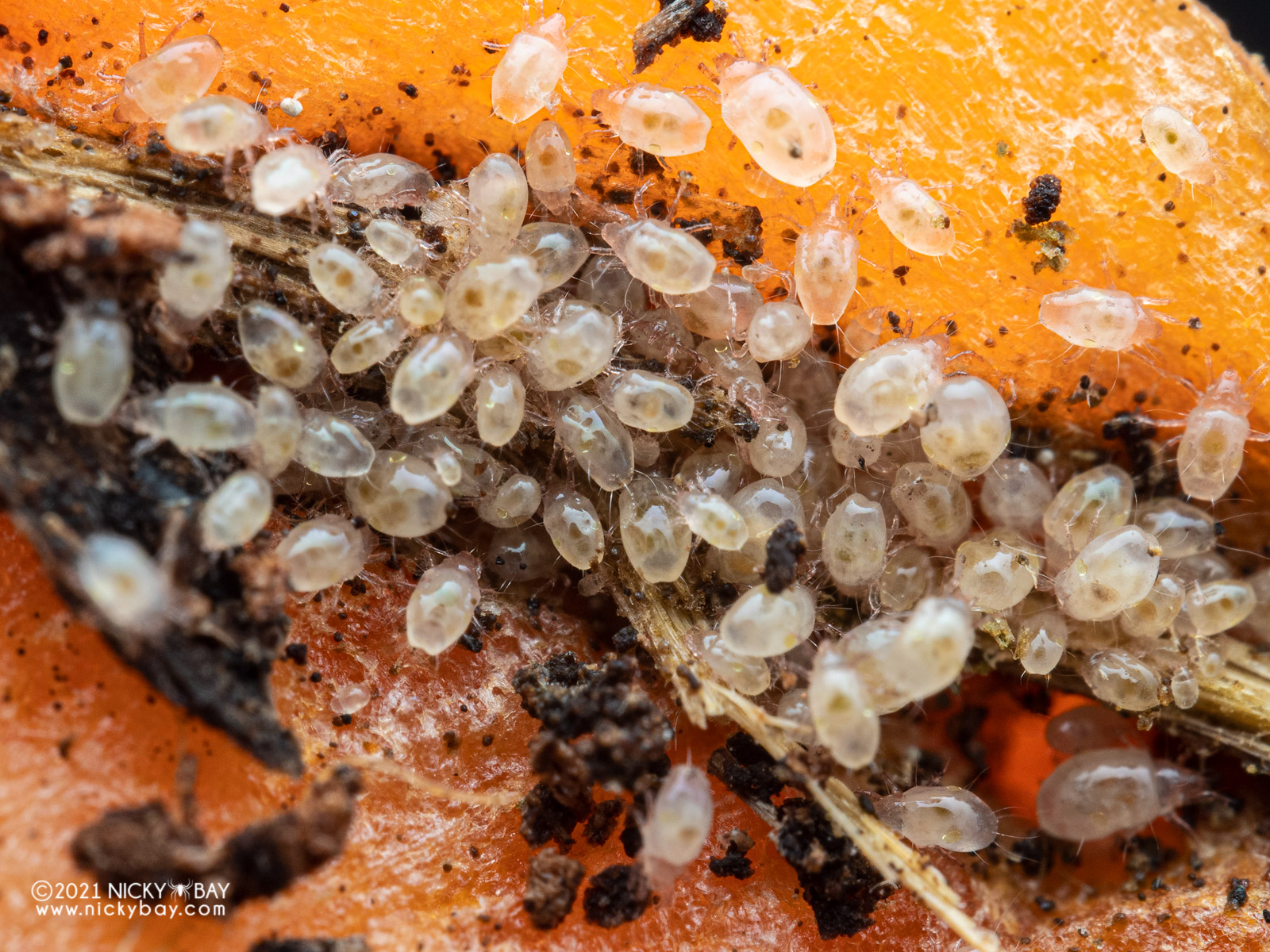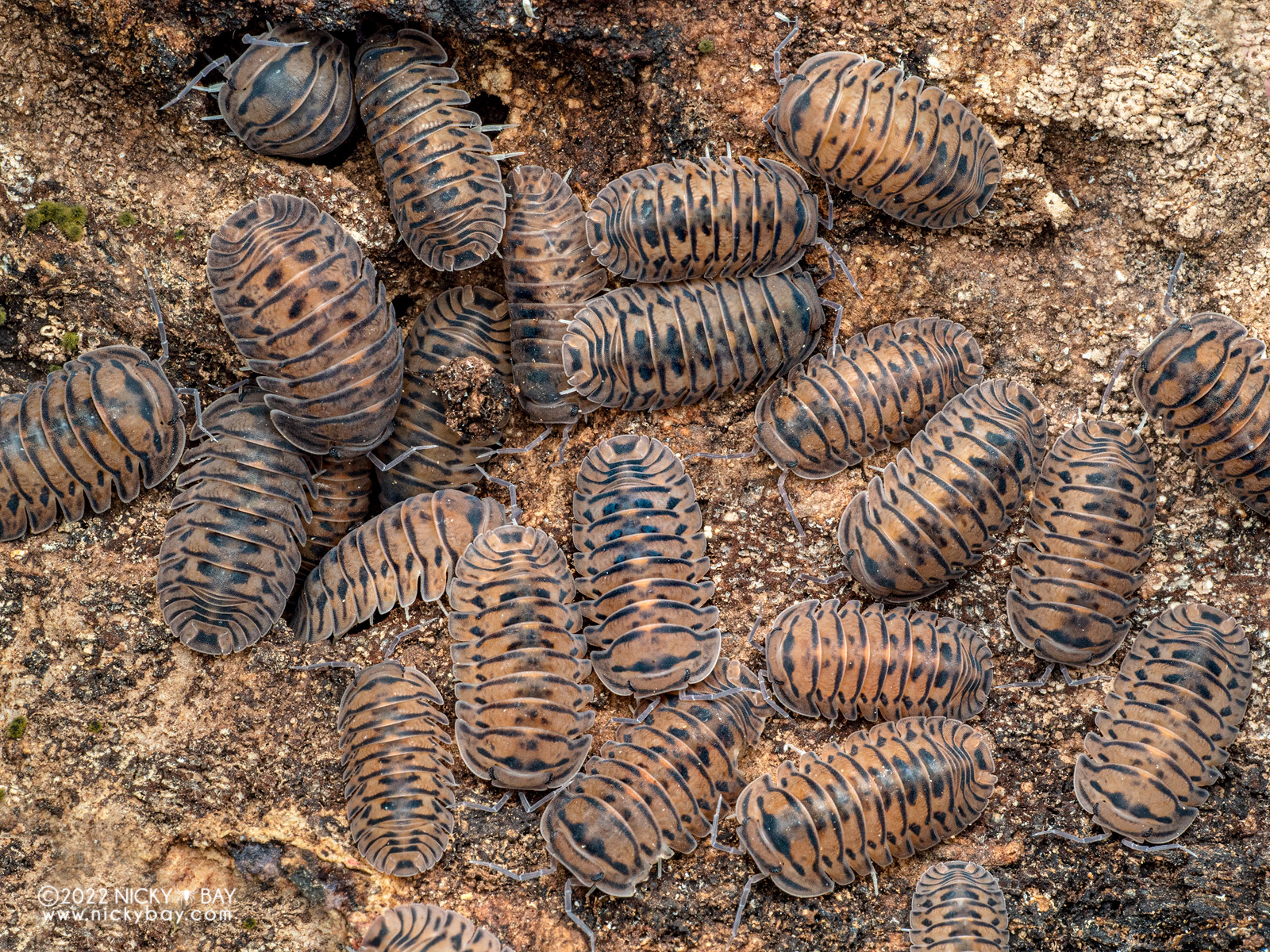Isopods and other critters excrete organic waste which contributes to the levels of ammonia in the substrate of the isopod setup. High levels of ammonia can lead to ammonia poisoning of your isopods, especially sensitive ones. How do we keep the levels of ammonia under control then?
Cycling The Substrate
For those who keep aquariums, you may be familiar with the nitrogen cycle where ammonia is broken down to nitrites by beneficial bacteria, and then to nitrates which are deemed to be less harmful to your livestock. When enough beneficial bacteria are available in the substrate and the levels of ammonia are kept down to zero, the setup is deemed to be cycled. This is especially important for moist and damp setups.
In order to cycle your substrate, there must be a source of ammonia during the cycling process. This provides “food” for the beneficial bacteria to grow and multiply.
The duration of the cycling process varies. It can range from a week to a month, depending on the level of bacteria already present in the substrate. It is probably possible to dose an initial colony of bacteria like how it is done for aquariums, but the benefits of such dosing have yet to be tested.
How Do We Test the Soil for Ammonia?
Use the same ammonia test kits that are used for aquariums. Take a sample of soil, say 5ml and mix it with 10ml of distilled water in a container (ideally a test tube). Mix well and let the detritus settle to the bottom, and then extract 5ml of the water for the ammonia test. I usually use the API Ammonia Test Kit. Try to use liquid tests rather than paper strip tests as the latter tend to expire easily and give inaccurate results. Ideally, the ammonia levels from your test should be zero to be deemed safe for isopods.
Managing Excess Frass (Isopod Poop)
Over time, a layer of frass would form over the top layer of the substrate. For prolific species, this layer would look obvious within a month. The frass does not absorb water well, has no nutritional value and may contribute to rising ammonia levels when wet. Hence, it is recommended to manually scoop out visible layers of frass from time to time and mix that section of substrate well so that the frass does not accumulate. Try not to stir the entire enclosure’s substrate together as that disrupts the bacteria which usually resides on the substrate’s top layer.




